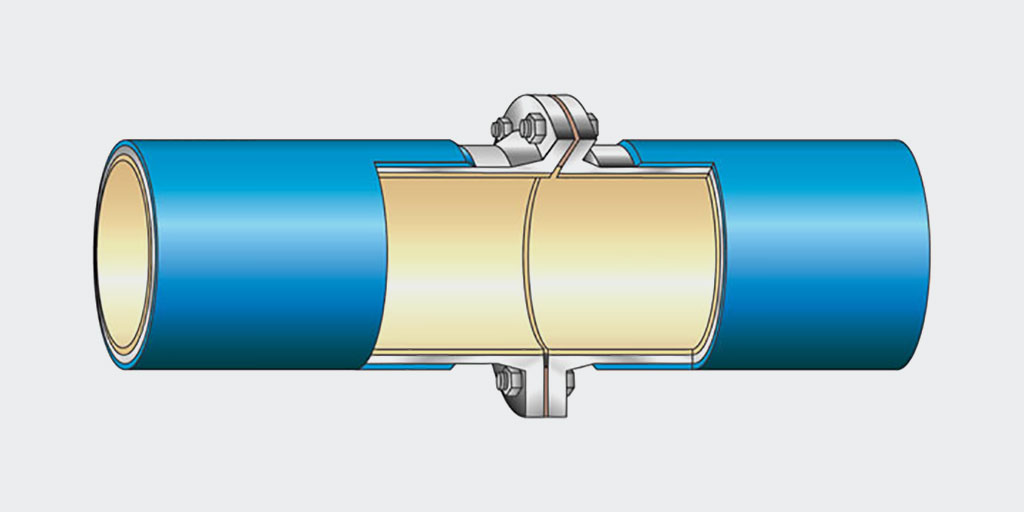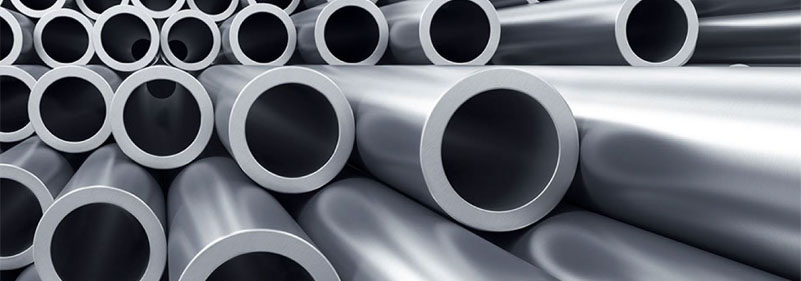Why should 304/ 316 not be used for flange joints?
In the actual operation of flange joint, bolt force relaxation is inevitable, and the bolt force of initial tightening will always drop with time. Especially for flange joints under high temperature and severe cycle conditions, after 10000 hours of operation, the bolt load loss often exceeds 50%, and attenuates with the extension of time and the increase of temperature.
When the flange and bolt are made of different materials, especially when the flange is made of carbon steel and the bolt is made of stainless steel, due to the different thermal expansion coefficients of the bolt and flange materials, after the device is heated up, when the expansion of the flange is less than that of the bolt, after the deformation is coordinated, the bolt elongation is reduced, which leads to the relaxation of the bolt force, which may lead to the leakage of the flange joint. Therefore, when high-temperature equipment flange and pipe flange joints, especially the thermal expansion coefficients of flange and bolt materials are different, make the thermal expansion coefficients of the two materials as close as possible.

The mechanical strength of 304 and 316 austenitic stainless steels is low. The room temperature yield strength of 304 is only 205mpa and 316 is only 210mpa. Therefore, in order to improve the anti relaxation and anti fatigue ability of bolts, measures to improve the installation bolt force must be taken. In this way, it is necessary to improve the strength grade of bolt materials and adopt high-strength or medium strength alloy steel bolt materials. Obviously, except for cast iron, non-metallic flange or rubber gasket, for semi-metallic and metal gaskets with high pressure grade flange or gasket stress, bolts of low-strength materials such as 304 and 316 can not meet the sealing requirements due to insufficient bolt force.


 English
English 中 文
中 文 Español
Español Português
Português Deutsch
Deutsch Türk
Türk Pусский
Pусский عربي
عربي 한국인
한국인 日本語
日本語
